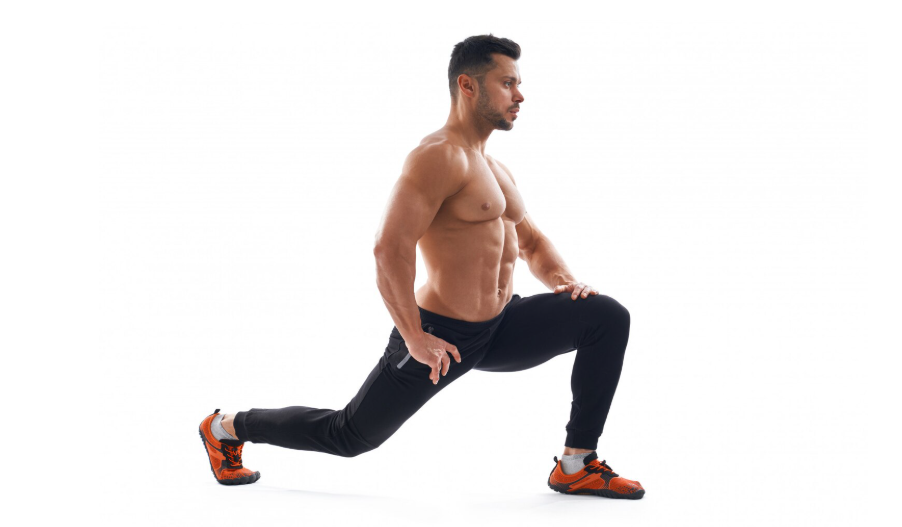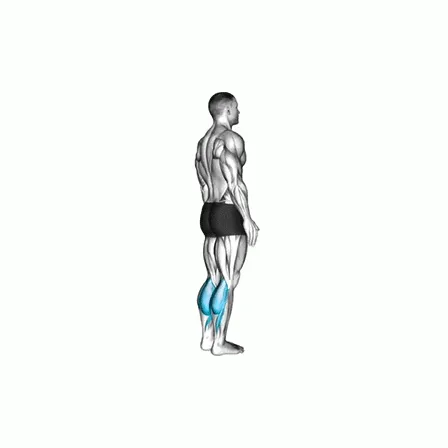Air Squats: Perfect Your Form at Home
Air Squat Exercise Instructions
-
Start with Your Feet Shoulder-Width Apart
- Stand with your feet about shoulder-width apart. Your toes should be pointing slightly outward, not directly forward.
-
Engage Your Core and Stand Tall
- Keep your chest lifted and your shoulders back. Engage your core muscles to maintain a straight posture throughout the movement.
-
Lower Into a Squat
- Begin by pushing your hips back as if you’re sitting into a chair. Bend your knees while keeping your chest upright.
- Lower your body until your thighs are parallel to the ground (or as low as your flexibility allows).
- Keep your knees tracking in line with your toes. They should not collapse inward.
-
Keep Your Weight on Your Heels
- As you squat down, keep your weight distributed over your heels rather than your toes. This helps protect your knees and ensures you use your glutes and hamstrings.
-
Push Back to Standing Position
- Press through your heels to return to a standing position. Straighten your legs and squeeze your glutes at the top.
-
Repeat
- Perform the desired number of repetitions, maintaining proper form throughout the entire movement.
Air Squat Exercise Tips
-
Maintain Proper Posture
- Keep your back straight and avoid rounding your shoulders or leaning too far forward. Your chest should stay lifted, and your eyes should be looking forward.
-
Knees Should Track Over Toes
- As you squat down, ensure that your knees follow the direction of your toes and don’t collapse inward. This reduces strain on your knees and engages the correct muscles.
-
Use Full Range of Motion
- Lower your body until your thighs are parallel to the ground or deeper if flexibility allows. Avoid doing shallow squats as they won’t fully engage your leg muscles.
-
Breathe Properly
- Inhale as you lower yourself into the squat and exhale as you push back up. Controlled breathing will help you maintain energy and control throughout the exercise.
-
Distribute Weight Correctly
- Your weight should be on your heels and mid-foot, not on your toes. You should be able to wiggle your toes throughout the squat, ensuring proper weight distribution.
-
Don’t Rush the Movement
- Focus on controlled, steady movements rather than rushing through repetitions. This ensures proper muscle engagement and helps prevent injury.
-
Keep Your Core Engaged
- Maintain tension in your core throughout the squat. This helps protect your lower back and stabilize your body.
-
Modify If Necessary
- If you struggle to maintain balance or depth, you can use a chair or wall for support.
- For beginners, reducing the squat depth initially and increasing it as flexibility and strength improve is a good strategy.
-
Increase Intensity with Variations
- Jump Squats: Add a jump at the top of each squat to increase intensity and work on explosiveness.
- Pistol Squats: Squat on one leg while extending the other leg in front of you to work on balance and strength.
- Goblet Squats: Hold a weight (like a kettlebell or dumbbell) at chest level for extra resistance.
-
Keep Your Feet Flat
- Avoid lifting your heels off the ground as you squat. Keeping your feet flat ensures proper alignment and balance during the movement.















